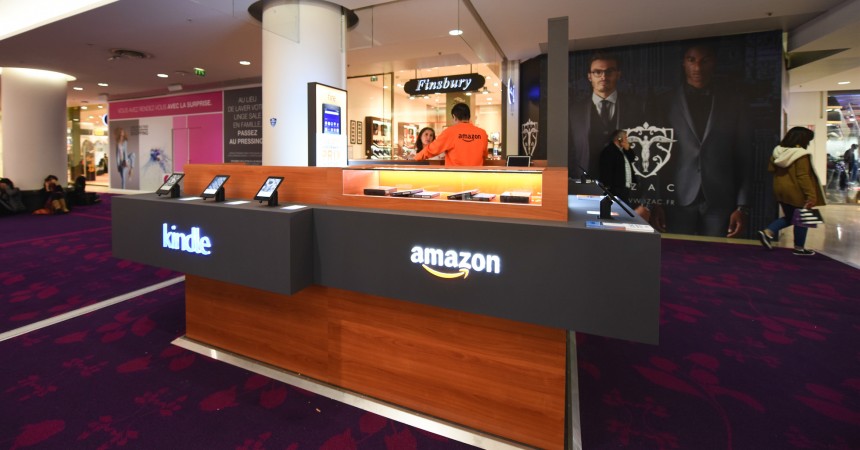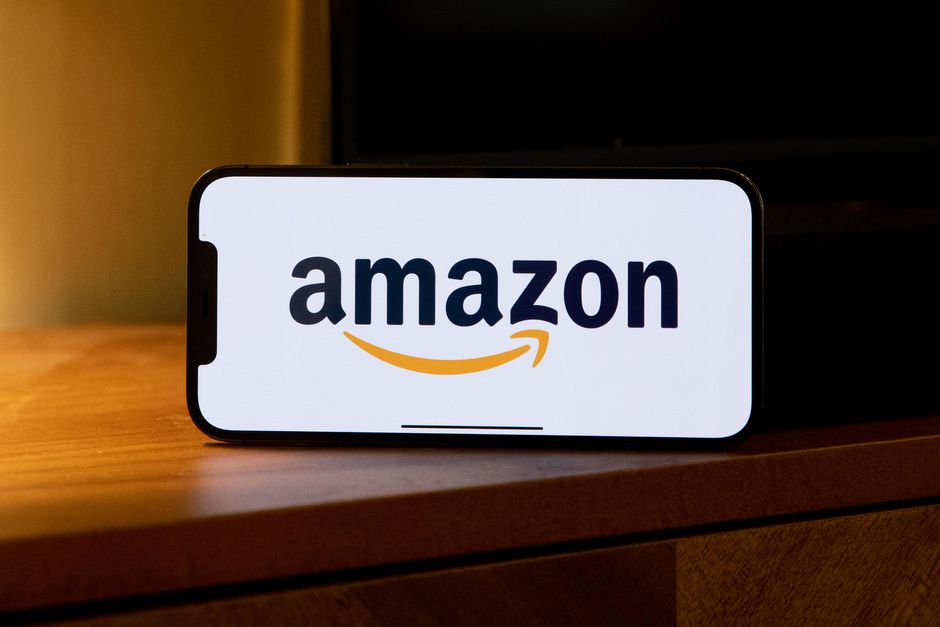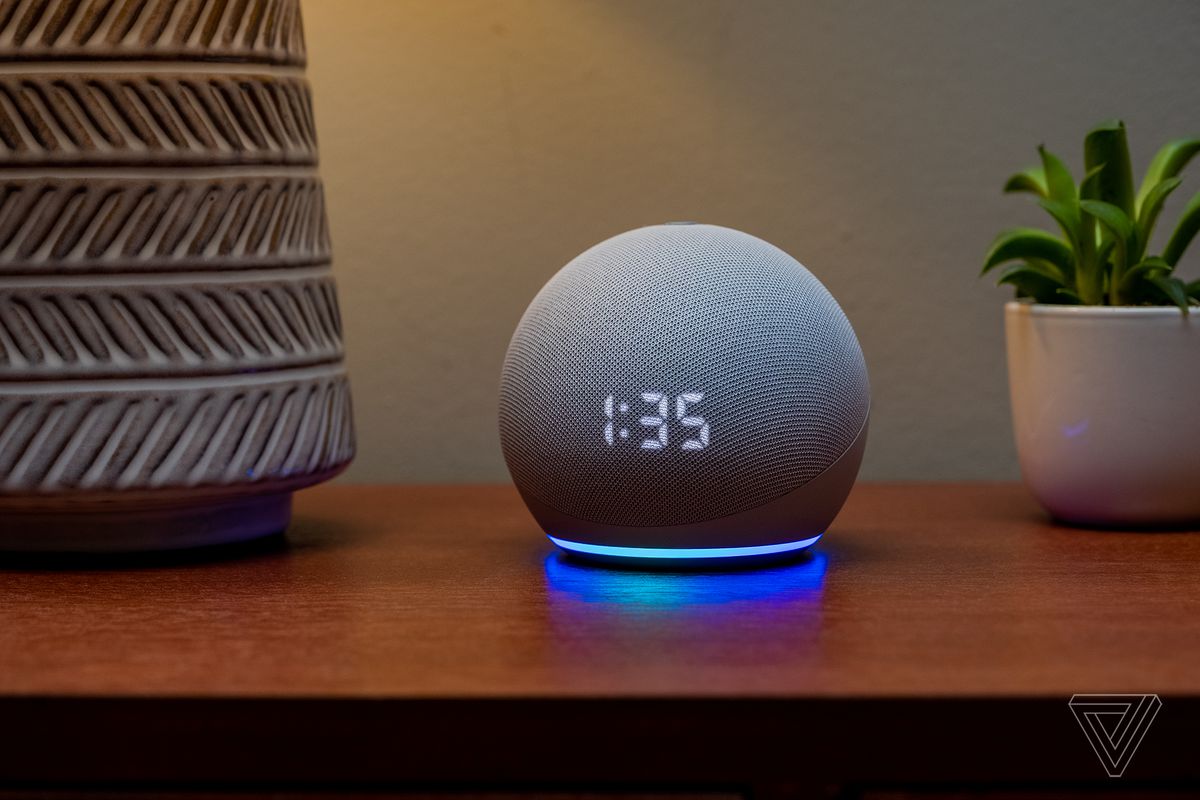After almost twenty years of convincing people to buy their products online rather than at physical stores, Amazon seems to have come a full circle and is ready to step up its investments in physical retail. In May this year Amazon’s founder and CEO Jeff Bezos told investors that the company wants to “aggressively expand” into retail.
As part of that initiative, Amazon has already put up 22 pop-up stores across the United States, and has announced its intention of opening another 100 very soon. These pop-up stores are no more than kiosks in a mall, but they will play a big role in giving customers a hands-on experience with Amazon’s own product lines like Kindle, Fire and Echo.
On the brick-and-mortar side of things the company already has an operational book store in its home city of Seattle where it launched the Amazon Books store concept last year, and starting this year they also want to get these set up in Chicago, New York, San Diego and Portland.
The purpose of having a physical presence, however, is not direct retail. Amazon successfully sells all of its products online, but the company wants people to be able to touch-and-feel what the company offers. Relating this to a 3D experience, Amazon feels that this immersive engagement and actually being able to talk to a sales rep will boost its online sales even more.
As opposed to opening up physical retail stores and start competing with giants like Wal-Mart, Amazon merely wants physical ‘touch points’ that will add esthetic appeal to their online presence. As such, these 122 pop-up stores that measure between 300 and 500 square feet are only a means to advertise the products they themselves make.
Amazon is not going to become America’s next biggest big box retailer. Not by a long shot. What they’re trying to do is very similar to what they’re doing with shipping. They’re acquiring the planes and trucks not to compete with UPS or FedEx, but to make sure that their customers don’t suffer delays during peak times. Amazon isn’t competing with the logistics giants on their turf, and neither it is trying to get into Wal-Mart’s model on the retail side of thing.
It seems to be more about the enhanced customer experience than about trying to sell products physically. In fact, despite the billions of dollars that Amazon has on hand, it still doesn’t have the resources to build an entire ecosystem of physical stores. They will continue to keep online sales as their primary goal, but they want to start offering a much more personalized shopping experience by leveraging the resources that they do have.
I think it’s a good model that Amazon is experimenting with. Not only does it give customers a more immersive experience with the company, but it creates viable opportunity for increasing online sales of their own line of products.
The greatest need of the hour for Amazon is to keep growing fast. And with high penetration in the U.S. market, they’ve been forced to start thinking outside the box and coming up with more and more ways to engage potential and existing users.
As such, adding the physical element is their secret growth formula for the future – not going head-to-head with the biggest players in the retail space, but “borrowing” their benefits and using it to grow their own business in the most important market of all – North America.
Thanks for reading our work! If you’re reading this on Apple News, please favorite the 1RedDrop channel (next to our logo) to add us to your news feed, or Like our page on Facebook. Please bookmark our site for more insightful articles on current and future technologies that are changing our lives.



